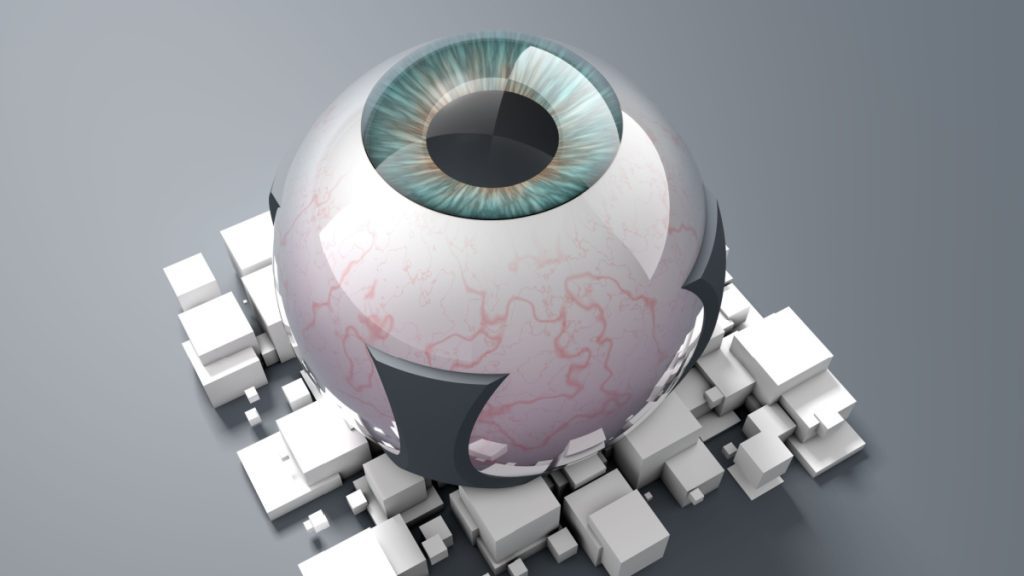
The Monash Vision Group (MVG) is on the brink of conducting human trials for the Gennaris bionic vision system, forever changing essential eye care.
- Though the visual experience is limited compared to normal sight, the brain’s interpretation compensates for reduced information.
- MVG, backed by funding from the MRFF and private donations, successfully completed sheep trials, clearing the path for upcoming human studies.
The Monash Vision Group (MVG) at Monash University in Melbourne is moving closer to conducting human trials of its Gennaris bionic vision system.
Led by Australian Research Council Laureate Fellow Professor Arthur Lowery, the team is working on a wireless device designed to stimulate the primary visual cortex directly. The system aims to restore sight to people who are completely blind due to damage to their optic nerves.
The system consists of several components:
- A custom headgear with a built-in camera
- A wireless transmitter
- A vision processor and software
- A set of square tiles fitted with hair-thin electrodes implanted in the visual cortex of the brain
The camera captures the scene in front of the person. The processor then analyzes the visual information and converts it into electrical signals. Afterwards, the electrical signals are sent wirelessly to the 9 mm by 9 mm tiles implanted in the visual cortex. Finally, the electrodes stimulate the visual cortex, creating the perception of light and patterns. The user is then capable of navigating their surroundings and recognizing objects.
The visual experience is limited compared to normal sight. However, the brain’s adept interpretation compensates for the reduced information.
In an interview with create, Professor Lowery explained the system’s functionality, stating, “For those who are vision-impaired, a processor will take information from a camera, and this processor will send an electrical signal to a transmitter on the back of the head.”
This technology is not without challenges. For one, a reliable connection to the brain is not as easy to form as one would hope. For two, the ceramic implants don’t exactly live forever. If the system is to be successful, overcoming these two hurdles is paramount.
The MVG, supported by a nearly $1 million grant from the Federal Government’s Medical Research Future Fund (MRFF) and private donations, recently completed successful sheep trials. These trials demonstrated the safety and efficacy of the implant, paving the way for the first-in-human studies, expected to take place in Melbourne.
As much of a milestone as this is, competition in the sector is heating up. In fact, Elon Musk’s Neuralink recently got the Food and Drugs Association’s (FDA) approval for human trials.
Who will reach the finish line first and forever change prosthetics and medical care?
Inside Telecom provides you with an extensive list of content covering all aspects of the tech industry. Keep an eye on our Tech sections to stay informed and up-to-date with our daily articles.